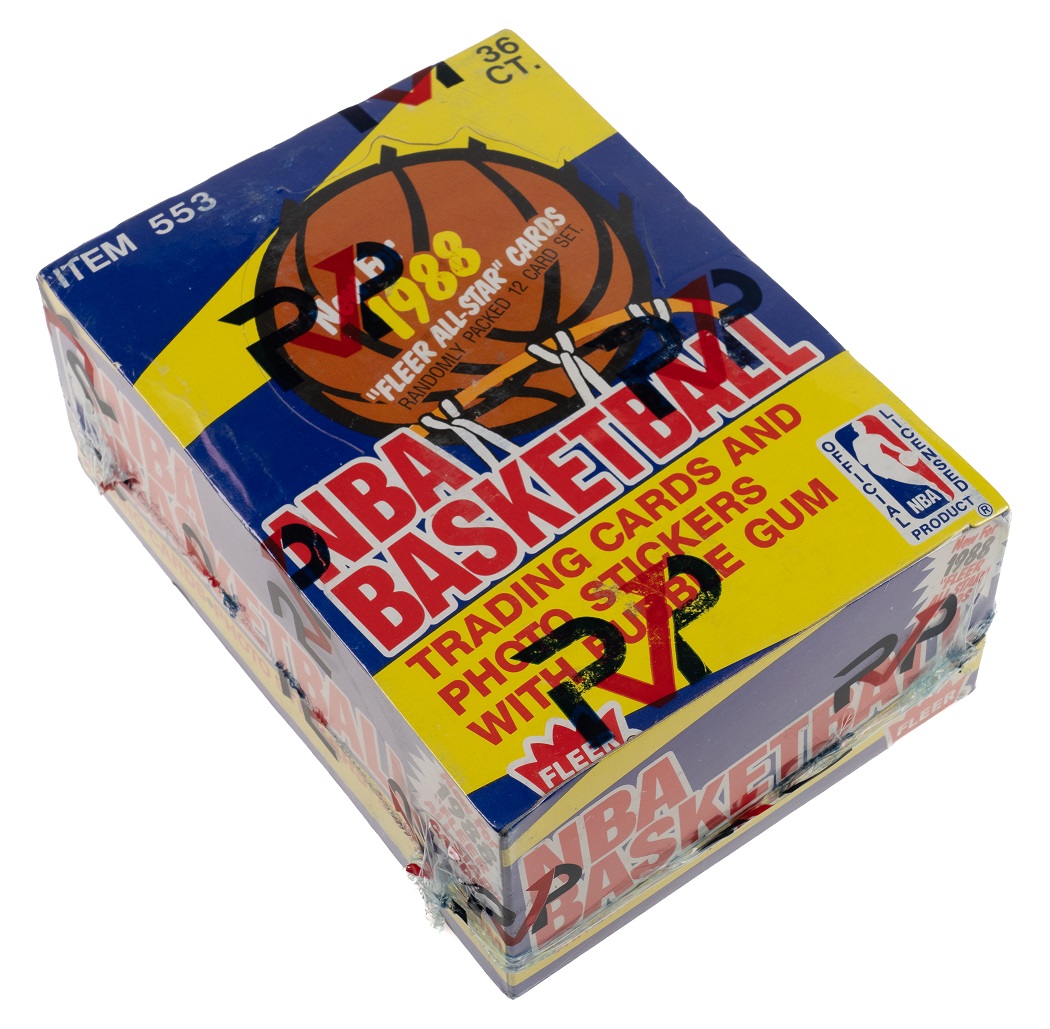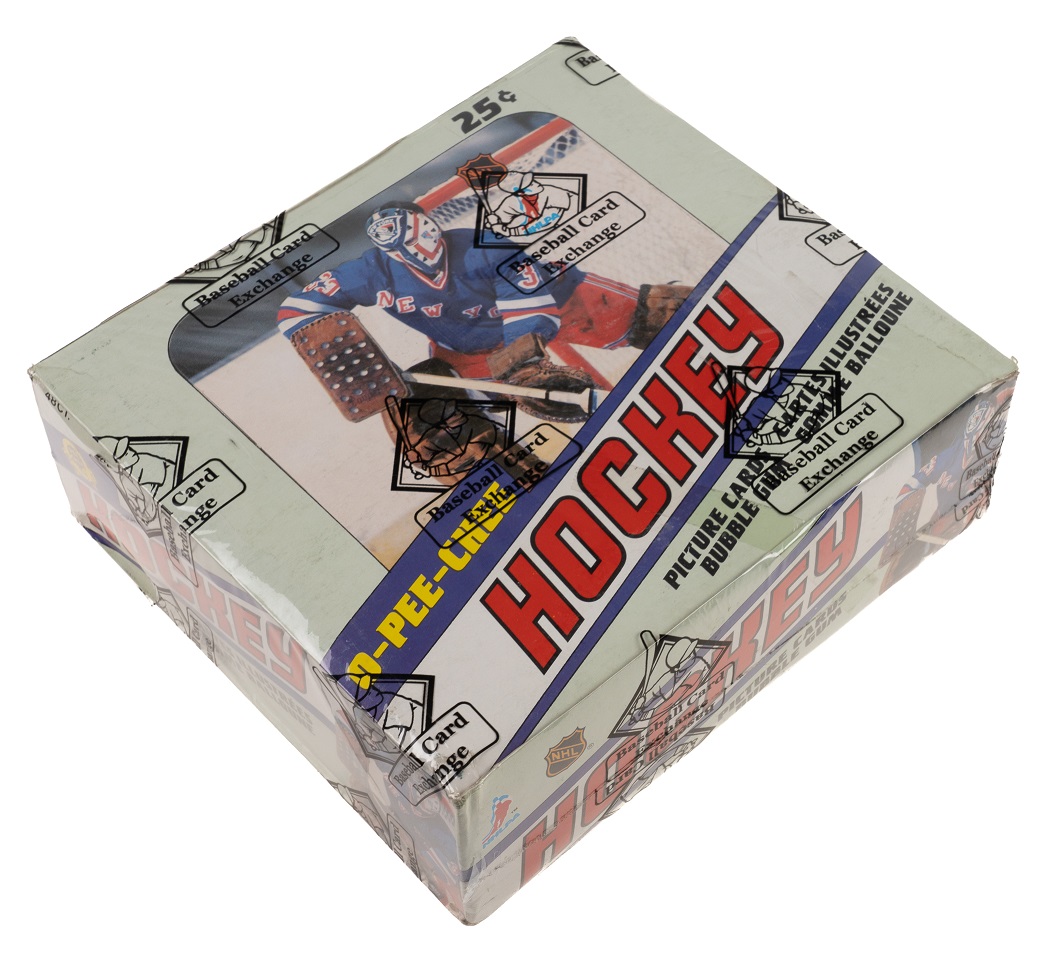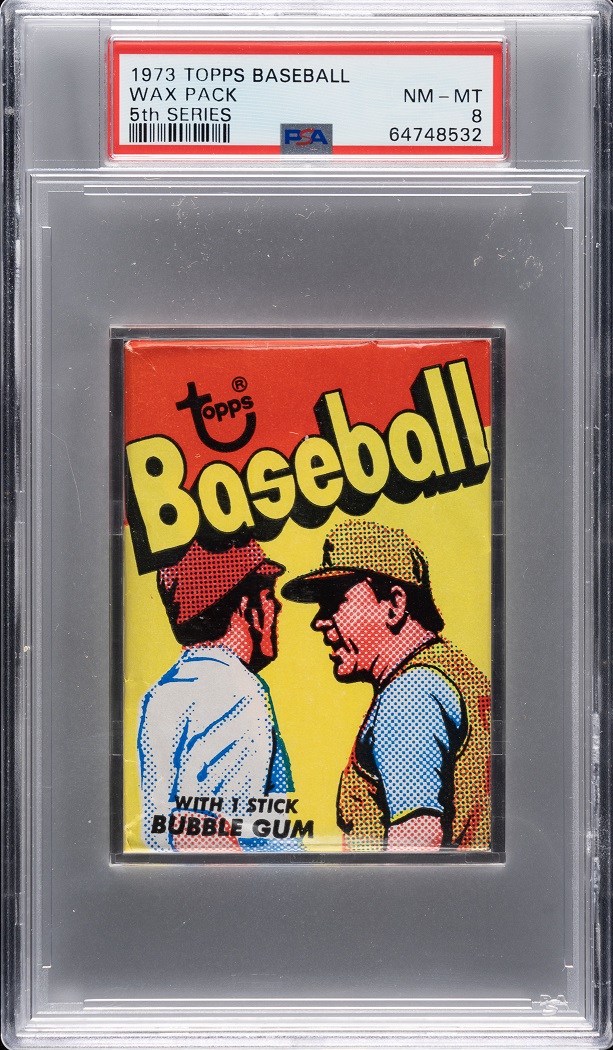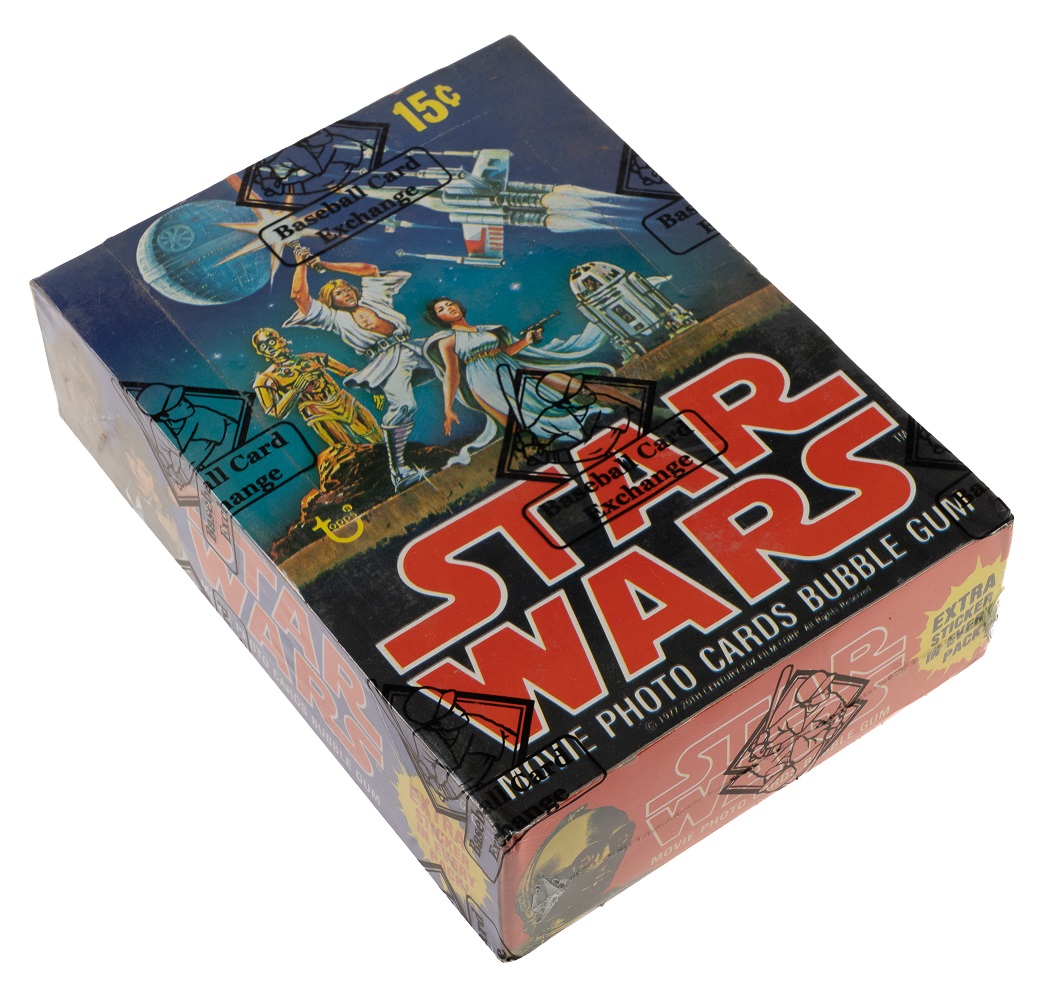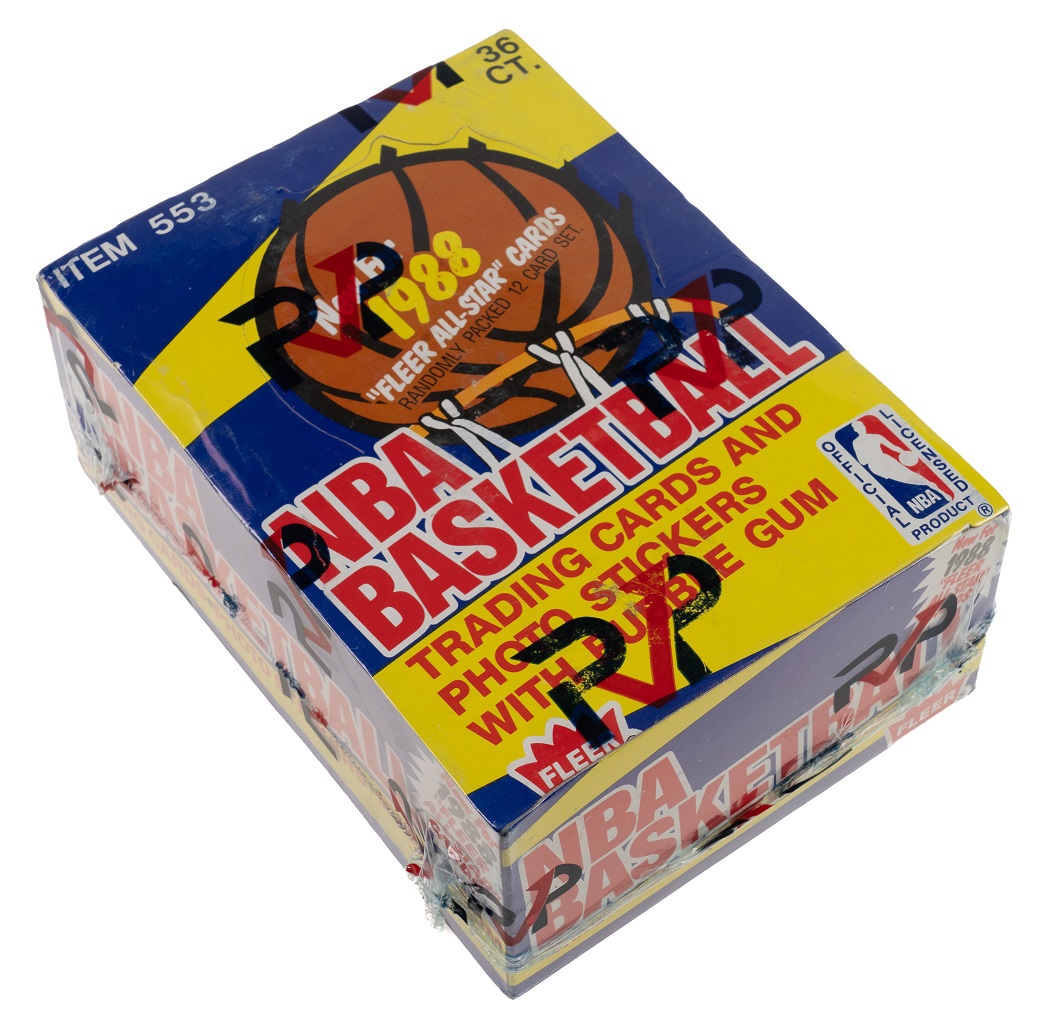by David Seideman
Kurt Christensen is a sixth-generation farmer in the Spencer, Iowa area towards the northwestern part of the state. To feed his 2,000 head of cattle, he grows corn— a lot of it. One-hundred-hour work weeks are common. He turned to the hobby as a break from nurturing corn and cattle, but his hard work and experience have given him the tools to turn his hobby into a sizable side business as a dealer and unopened authenticator. Over the past decade, the relationships he has sowed have reaped one of the country’s biggest sports and non-sports card collections. Now, he is in the process of selling almost all of it through Robert Edward Auctions to help support his farm.
The unopened collection he has amassed spans the last seven decades and includes rare cases, boxes, rack packs, cello packs, and wax packs of sports and non-sports cards, some so rare you’ve probably never heard of them. When his collection was shipped to REA’s Chester office, it took eight pallets and two trips to procure. His collection’s sale will extend through next year.
Christensen maintains a website for his sales and authentication business which is, appropriately enough, rippingvintagepacks.com. He is also an active participant and moderator on the Vintage Wax and Packs Facebook group which has more than 13,800 members.
The market for unopened cards is red hot. Some buyers stock them away for pleasure while others hold on to them as investments. Others can’t resist opening them to find a hidden gem. Some companies sell slots in pack breaks to individual collectors. As a result, the supply of vintage and modern unopened material continues to rapidly dwindle and prices continue to soar.
The appeal is almost magical. Opening a pack revives memories of childhood when the thrill of the unknown and what a pack could yield – would it be a Mickey Mantle or a Mickey Vernon? Leaving them alone preserves their pristine beauty and the ingenuity of how manufacturers first marketed their cards to consumers.
“Two factors draw me,” says Christensen, who is still passionate about collecting. “The first is the story behind it. Why is it still unopened? The second is the rarity. Consider the 1959 Topps set. If you want a random rookie Bob Gibson or a Mickey Mantle, they are all over the place. But a 1959 wax or cello pack is not out there anywhere nearly in the same volume. The same is true for ’53 baseball, ’70 baseball, or ’85 baseball. Whatever it is. Of course, there’s a lot less unopened than opened.”
Much of Christensen’s material dates back to the 1950s and 1960s, including a Topps 1954 cello and a Topps 1955 wax pack. Personally, he prefers cellos and racks (basketball was sold only in wax packs, he notes). In REA’s Fall 2022 Catalog Auction, he sold a 1972 Topps pack with Carlton Fisk’s rookie card showing on the top and Tony Perez on the bottom for $18,600. However, not all of his rare relics will set you back so much. A 1960 Topps pack with Mickey Mantle and Ken Boyer on top fetched $2,760 in the same auction.
In REA’s upcoming Spring Catalog Auction, which opens on April 6, Christensen’s 1962 Topps cello pack with Stan Musial on top will be offered. “That wood grain is just beautiful,” he says.
Future sales will feature a 1960 Topps cello fourth series, which includes Mickey Mantle, Willie McCovey, Hank Aaron, and Roberto Clemente as well as a 1962 Topps cello third series, which includes Mantle.
The highlight of his non-sports collection is a box of 1977 Star Wars first series that generally retails for $9,000 to $10,000.
“At the National where I set up, that is one of the most popular items that I display,” he says. Christensen will also be offering series two through five, plenty of sealed 1980 Topps Empire Strikes Back, and 1983 Topps Return of the Jedi. Among his other non-sports cards will be 1978 Donruss “Elvis,” 1981 Topps “Indiana Jones,” 1984 Topps “Masters of the Universe,” 1989 Topps “Teenage Ninja Mutant Turtles,” and 1989 Topps “Batman.” “From the 1960s to the 1980s, I almost never say no to non-sports,” he says.
The more modern sports material, which he authenticates, took up the most room on the pallets. For example, he will be auctioning off a sealed case of 1985 baseball O-Pee-Chee which contains 9,000 cards, including Kirby Puckett’s rookie, a later Nolan Ryan, and an early Cal Ripken. There will also be 12 boxes of short printed 2005 Fleer Ultra hockey, highlighted by the Alex Ovechkin and Sydney Crosby rookies.
When he can escape from farm duties, Christensen drives around the country for some buys to see the merchandise in person since unopened runs the risk of being tampered with (particularly on eBay, he says). He hadn’t intended to become an authenticator, but he ended up accumulating so much knowledge and skills that he felt comfortable in the role.
If he can’t see a buy in person, one of his friends within his vast network of collectors will check out the material for him and they will split the deal. “It’s still kind of smaller and a niche compared to other areas of the hobby,” he explains. “But collectors are pretty diehard and everybody knows everybody.”
While he does his fair share of bidding in auctions, most of his material comes organically from private acquisitions nationwide because he has built such a big reputation.
“I have been collecting unopened for 10 years, so word of mouth is key to buying the rare stuff,” he says.
Today, everything has a price, except one piece of his collection that he won’t part with for any amount of money: 26 cello packs and two rack packs of 1966 Topps “Batman.” At age 37, he’s far too young to have seen the TV show when it originally aired. But he grew up watching it on TV Land with his dad and just loves the show along with the sheer joy of collecting the cards— unopened, of course.


